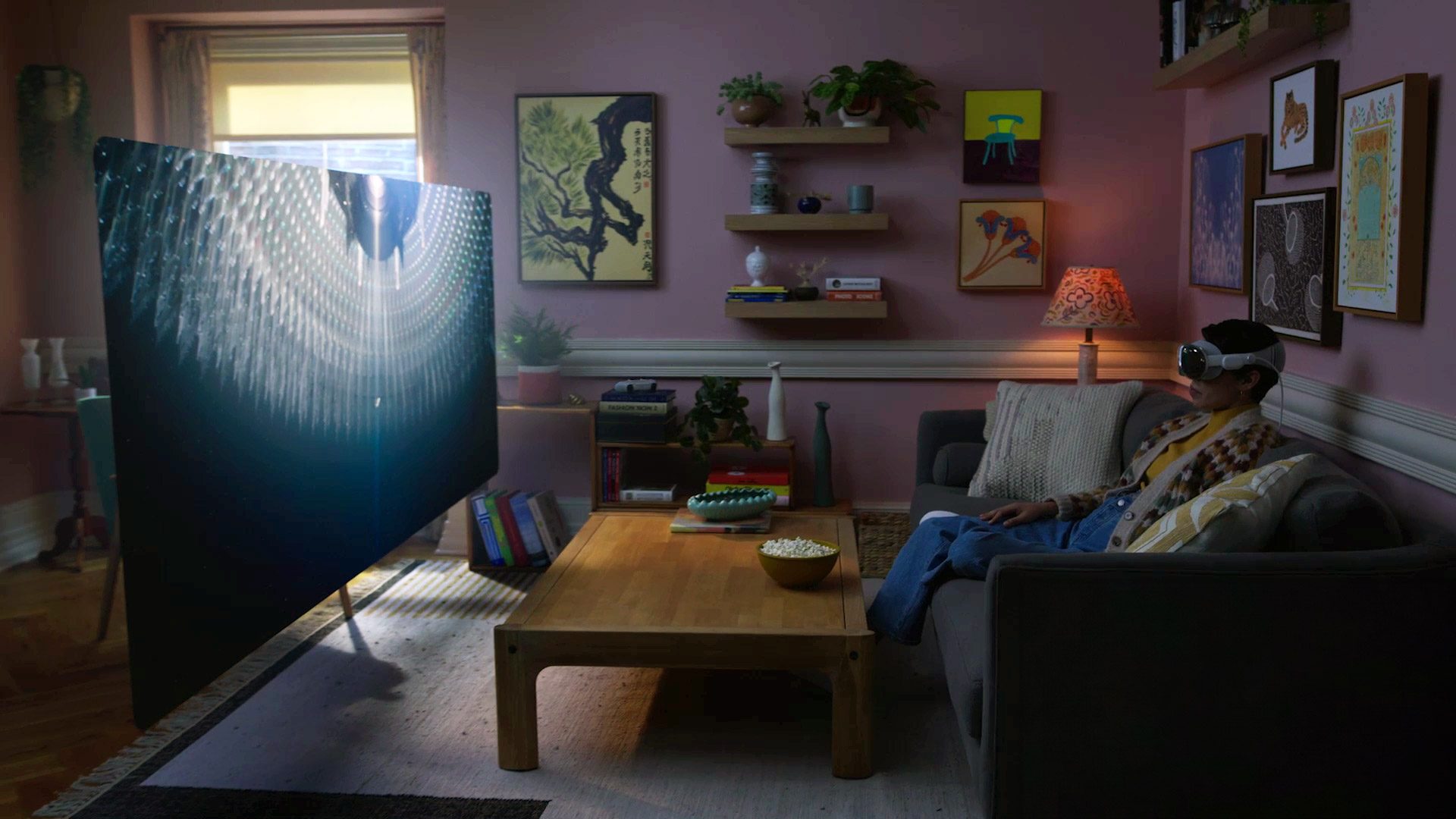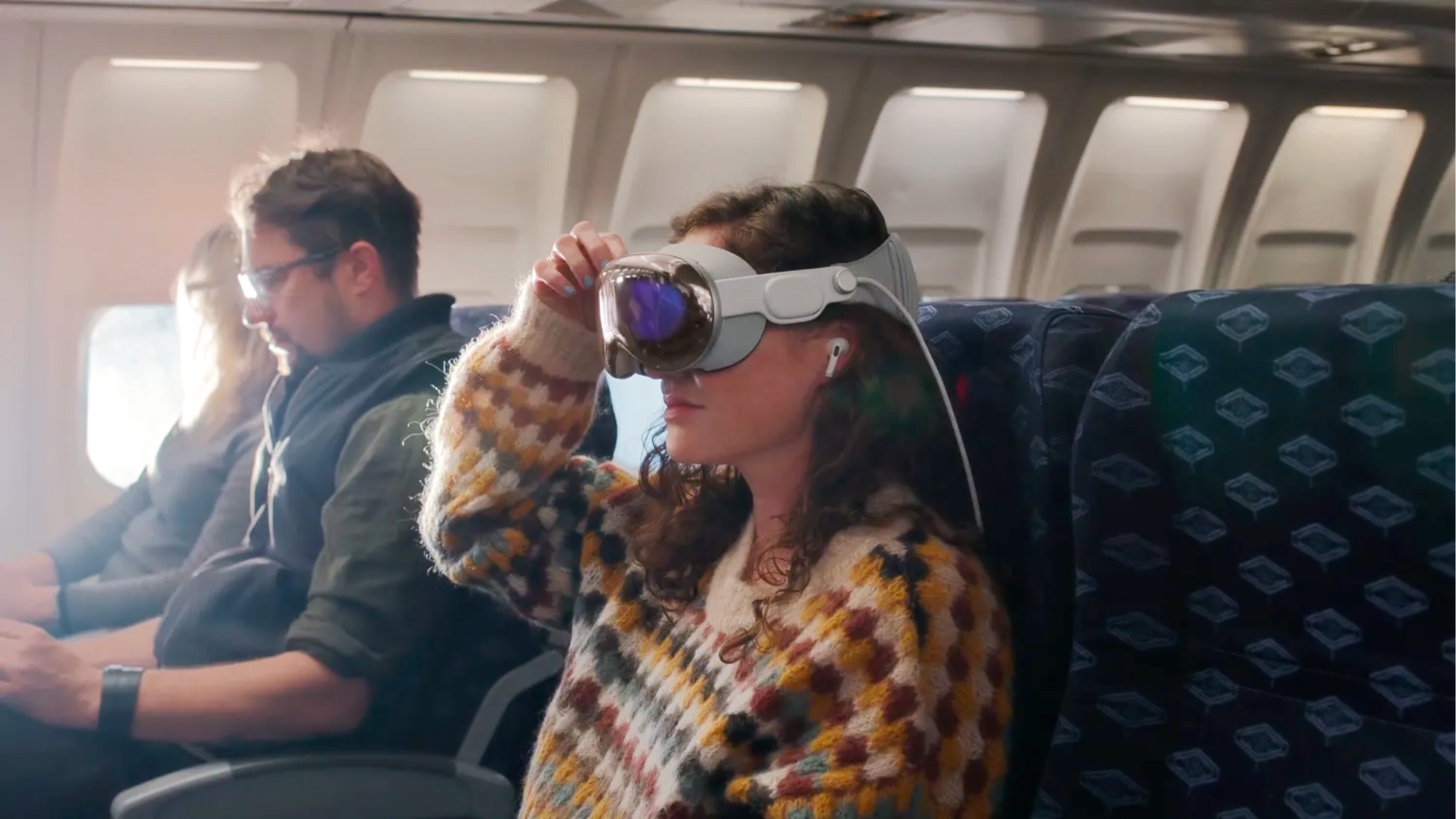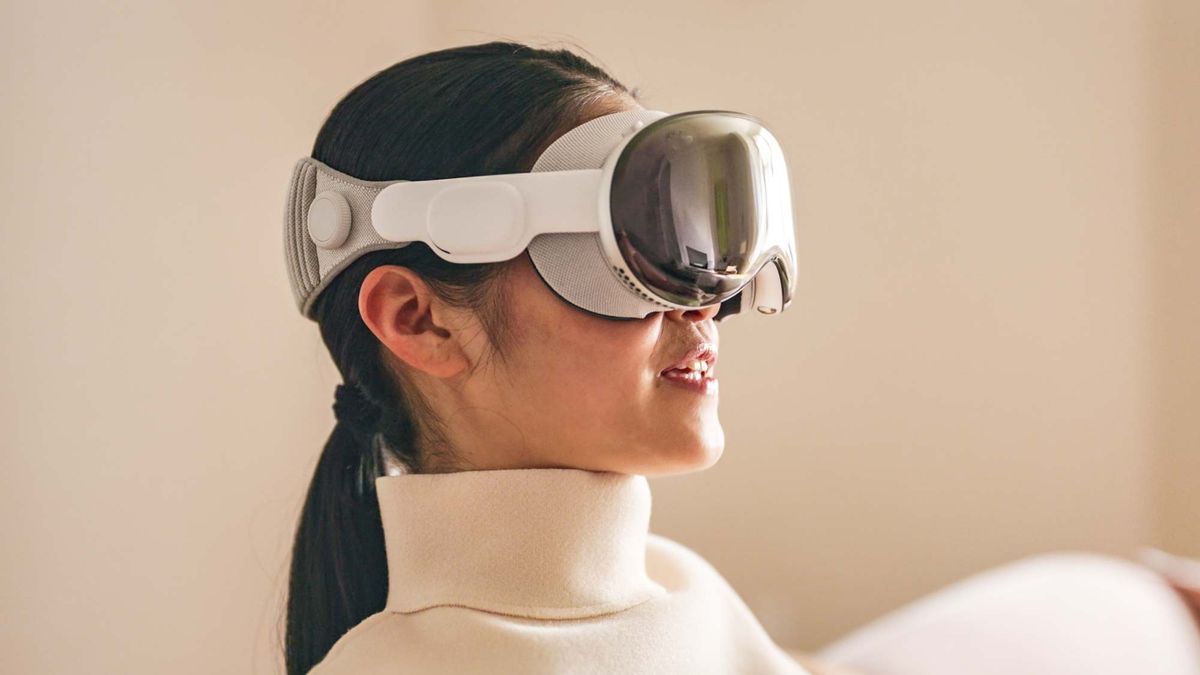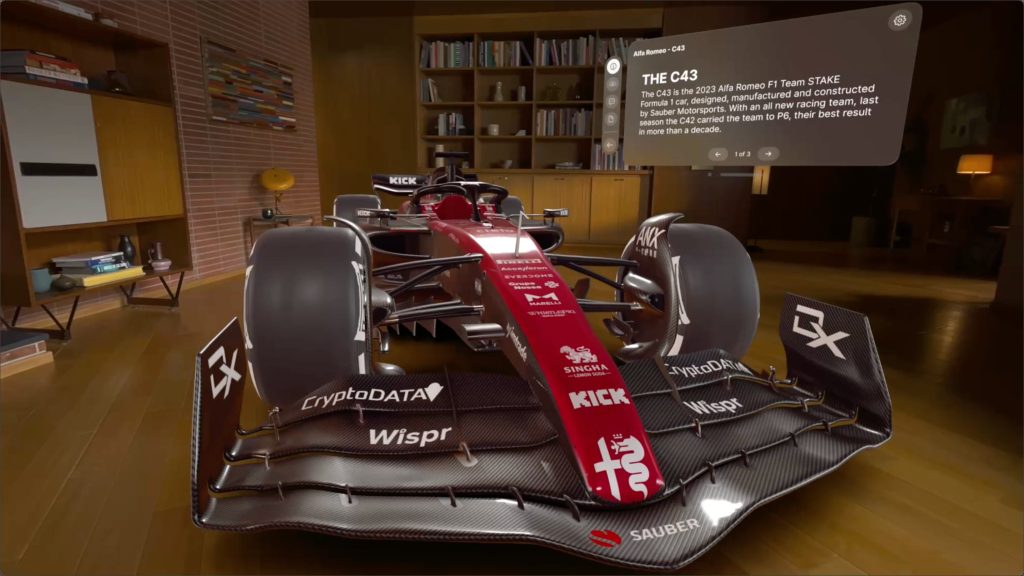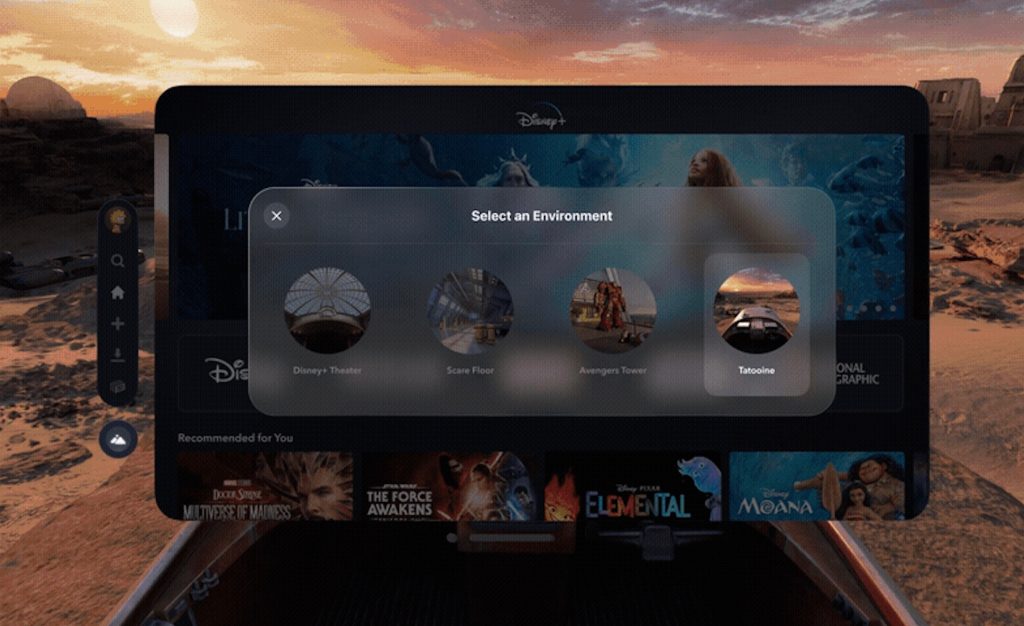
Apple has announced that the Vision Pro, its spatial computing headset, will include Guest and Travel modes. The Guest mode allows family and friends to use your Vision Pro with limited access to certain apps such as Photos and Safari. Optic ID is a feature of the device which uses an eye-scan to unlock it, making it possible for Vision Pro to automatically enter Guest mode if someone other than the primary user puts it on. Travel Mode stabilizes visuals on the Vision Pro for users wearing headsets while traveling by airplane. The device will also include access to more than 150 3D movies across services such as Disney+ and Apple TV.
